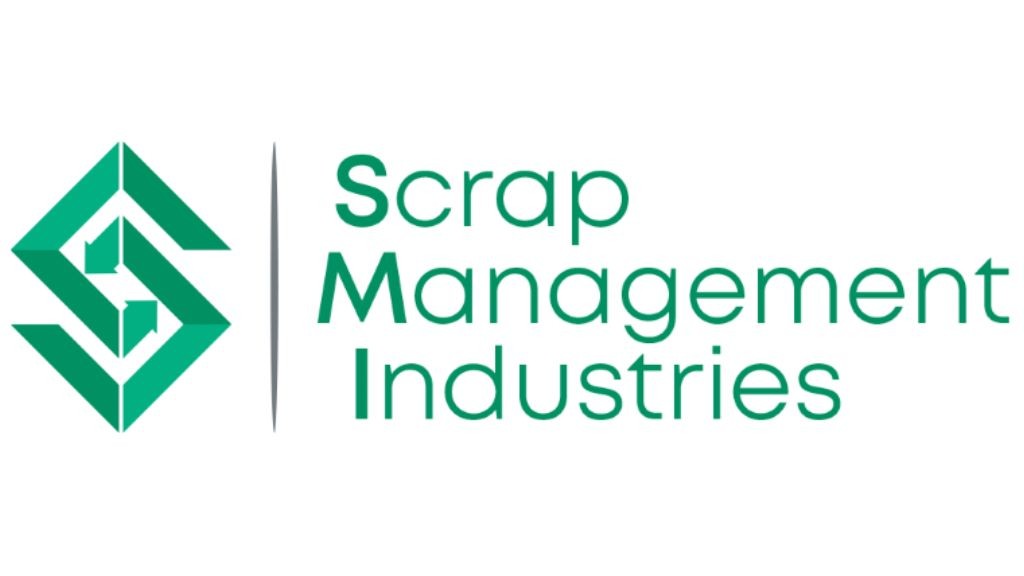The key to a circular value chain depends on access to scrap metal
In a recent report from McKinsey, the firm outlines the growing demand for circular metals for future-focused technology

In a recent report from McKinsey & Company, the consultancy firm outlined the growing need to invest in low-carbon, circular materials as a straightforward path to reducing global carbon emissions and reinvigorating the supply chain to build future-thinking technologies.
Material value chains are intricate ecosystems that represent 20 percent of total global greenhouse gas (GHG) emissions produced. To reach ambitious net-zero targets outlined by manufacturers, organizations, and governments, the world will need to undergo a massive transformation to properly harness the power of scrap metals.
Metal's role in future technologies
Metals hold a foundational role in future-facing applications, such as batteries, renewable energy, and electric transmission and distribution. However, constant fluctuations in global trade and increasing issues with logistics and sourcing raw materials mean that many elements frequently face massive shortages and price changes. Copper, for instance, is expected to experience a shortfall of about 3.6 million metric tons by 2035, causing friction in industries from construction and transportation to electronics.
Although global shortages of materials often force mines to increase production, it still can't account for the gap in the supply chain. Similarly, the boosted production and refining processes contribute heavily to global carbon emissions.
Unlocking a direct path to sourcing pre- and post-consumer metal scrap can reignite industries across the globe. Both the necessary supply of metals to build infrastructure and technology and the need to decarbonize across the value chain can benefit from a more collective circular supply chain.
Access to scrap and recycled materials is critical
Both pre-consumer and post-consumer scrap can be used to advance the circular economy and achieve decarbonization goals. Pre-consumer scrap is recovered from the manufacturing process while post-consumer scrap is recovered from products at end-of-life. McKinsey reiterates the growing demand for recycled materials. However, access to scrap and the method of procuring recycled materials remains a challenge.
Pre-consumer scrap recycling could be one of the most utilized materials if industries invest in innovative new technologies and procedures to save things like cut-offs from going to waste. Although these methods can often be time consuming and labour-intensive, the long-term savings grow as the processes scale up.
Increasing collection is an immediate gateway to accessing material streams across most materials, especially for items that have significant exposure to nonindustrial applications, like e-waste. Direct-from-consumer waste can easily be boosted with government initiatives like pop-can-return policies and strong infrastructure that incentivizes proper household recycling.
Another key factor that would immediately boost the amount of scrap materials available is a collective agreement across the supply chain. Relevant stakeholders need to ensure a steady supply of complex post-consumer material to diversify and increase availability.
Material value chains become the supply chain
Low-carbon, circular materials are necessary to lower global emissions, especially in relation to complex products such as steel, copper, aluminum, and battery metals. Aligning the value chain with an understanding of cohesive reduction can benefit the cost of post-consumer goods while creating a smoothly running circular economy.
Circular materials can therefore help with mitigating climate change but also capture competitive advantages in changing global markets.


